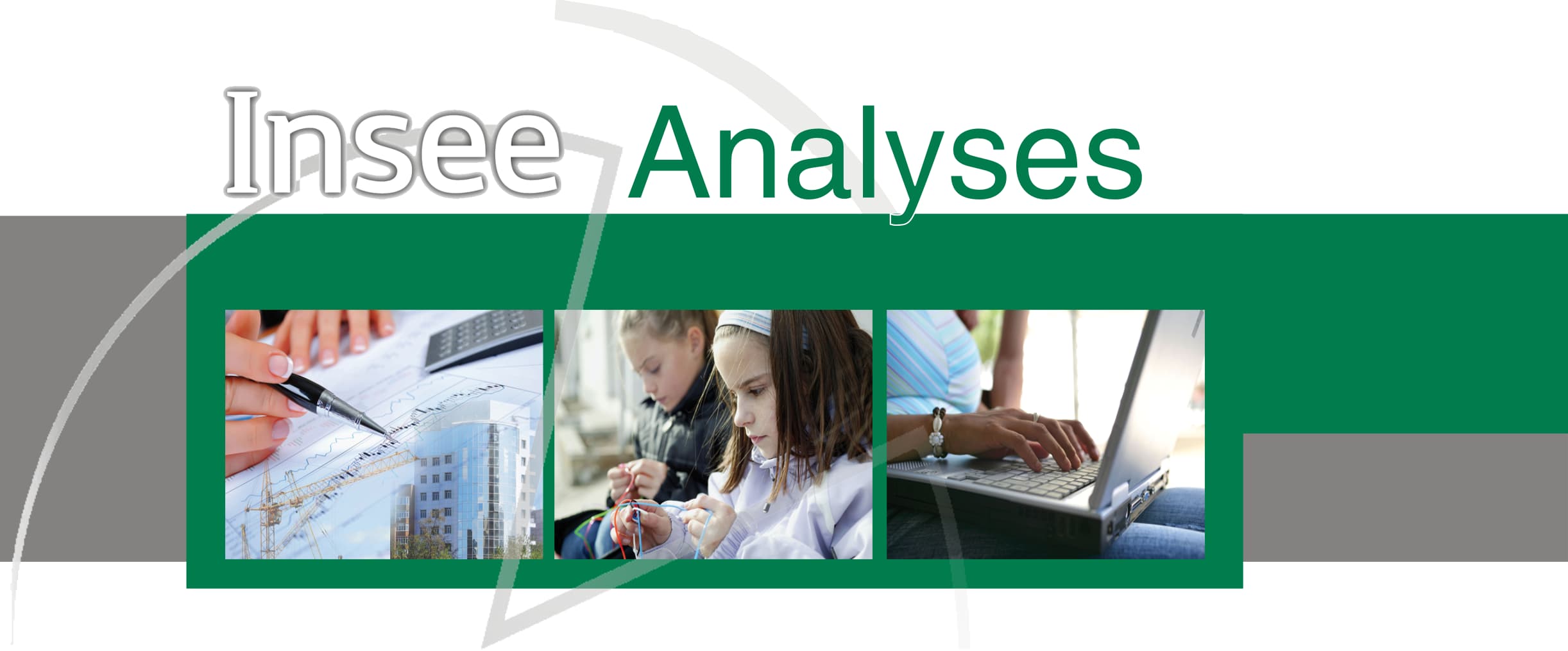 Effective marginal tax rates for people with a job in France in 2014: a tilde profile
Effective marginal tax rates for people with a job in France in 2014: a tilde profile
In France in 2014, incentives for people with a job to work more are measured by their effective marginal tax rate (TMEP). These show the proportion of any rise in earned income (in the sense of cost of labour, i.e. including contributions and taxes based on the wage bill which are the responsibility of the employer) that returns to the tax-benefit system, either because contributions increase, or because means-tested benefits decrease. In this study, marginal rates were estimated by microsimulation using the INES model on data representative of the resident population of Metropolitan France.
In 2014, in Metropolitan France, the median effective marginal tax rate for people with a job was high (57%), which is the counterpart of a tax-benefit system that is redistributive overall. For four out of five people, the effective marginal tax rate lies between 44% and 73%. The effective marginal tax rate distribution has few extreme values: only 1.5% of individuals are faced with rates higher than 100% and 0.2% have negative rates. There is a very much greater proportion of high marginal tax rates than at the end of the 1990s. Rates vary considerably for a given level of income at the bottom of the distribution, and much less for high income levels. However, median marginal rates vary little overall according to income level, with a slight tilde (~) profile. The introduction of the Prime Pour l'Emploi (PPE, a tax credit for low earners) then the Earned Income Supplement (RSA) in the 2000s had the effect of lowering marginal rates at the beginning of the distribution and then subsequently raising them during the degressive phase of these measures. This tilde profile can be seen irrespective of the family configuration.



